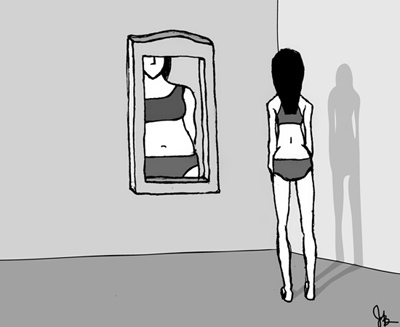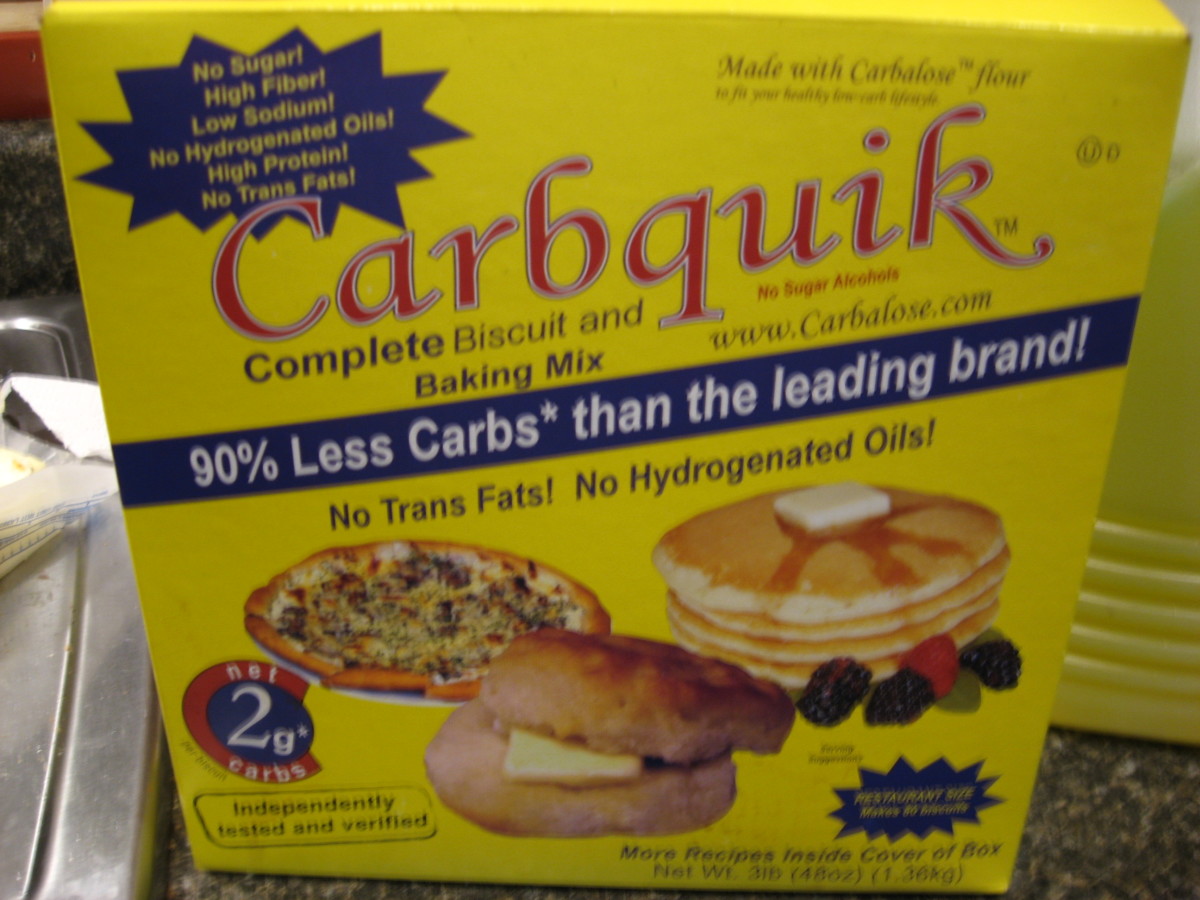The tragic truth about anorexia nervosa and bulimia
Statistics
If you’re female, odds are you are dissatisfied with your appearance. In fact, 80% of American women report dissatisfaction with their appearance (Smolak, 1996). Studies have also shown that looks do give people major life advantages. Attractive people are more likely to be acquitted of a crime, are more popular, and get a job faster. This is likely driven by the common cross-cultural belief that what is beautiful, is also good.
Given this information, it isn’t surprising that there 5-10% of girls and women are suffering from some form of eating disorder (Crowther et. al., 1995). This statistic is likely dramatically understated, because shame often drives patients to keep confidentiality, even from their doctors.
An even more astounding statistic; females 15-24 years of age that suffer from anorexia nervosa are 12 times more likely to die from the disease than ANY OTHER CAUSE OF DEATH!
Eating Disorder Resources

Disease Descriptions (Source: National Eating Disorders Association)
Anorexia Nervosa: patients starve themselves. Weight loss is extreme.
Symptoms:
- Distressed about weight gain, anxiety with respect to body weight and shape
- Feeling fat despite dramatic weight loss
- Refuses to maintain body weight above minimal Body Mass Index (BMI). A BMI less than 18.5 is a strong indicator of the disease. Body mass index helps doctors determine if patient is a healthy weight based on frame size, gender and weight.
- Failure to menstruate
Bulimia patients cycle between binge eating followed by purging. Bulimics may consume a substantial amount of food, but they generally will then purge what they have consumed through vomiting, laxative overdose or overexercising.
Symptoms:
- Repeated binge and purge cycle
- Frequent diets
- Extreme Concern with body weight and shape
While Anorexia and Bulimia are the most well-known disorders, there are a variety of other eating disorders including compulsive overeating disorder.

Take Action
If you think that someone you know has an eating disorder, take action. Failure to do so could lead organ failure or even death! It is important to talk to your friend and encourage them to seek action. Further information can be found on the National Eating Disorders Association website.
Being too skinny, not so pretty:
Those that are underweight for long periods of time may experience bruising, dental decay (caused by the body’s need to use the calcium in critical areas), kidney, heart and liver damage, loss of hair and yellowing of skin.
Women may experience a condition called lango, where fine hair is grown over the body.
Men may begin experiencing testicular dysfunction.
Treatment:
Treatment often involves intensive, long-term psychotherapy, lifestyle changes, and for some even a change in career. Industries like fashion, dance, music and drama can place intense pressures on the patient leading to an even more severe problem. Group therapy, nutritional programs, medication and even inpatient care may be recommended for the patient. The best recoveries are seen when the patient is in a supportive environment where others can help monitor your condition.
Reader Poll
What is your relationship with eating disorders?
Find out more about eating disorders
- Pro Mia and Bulimia: What parents should know
Parents should not only be watchful for signs of eating disorders, but must also be vigilant about websites and groups that promote eating disorders as lifestyle choices. - The Dangers of Bulimia
Wikipedia gives us the following definition for Bulimia Nervosa: An eating disorder characterized by restraining of food intake for a period of time followed by an over intake or binging period that results in... - Male Anorexia
Eating disorders such as anorexia are not just a - How To Overcome Anorexia: A Survivor's Guide
It's a constant fear of relapse. Watching weight is bittersweet; lower numbers bring contentment and panic. How much is too much? If people are so worried, why do others tell me I look good? It's a lack of control over the mind, body image out of... - Eating Disorder Treatment & Recovery
Because the causes of eating disorders are so various and so intertwined, successful treatment is always multi-disciplinary... - Celebrities with Eating Disorders - List and Pics
Brief bios and pics of eating disordered celebrities. - The Signs And Symptoms of Eating Disorders
As many as ten million women and one million men are fighting a life-and-death battle with anorexia or bulimia every day. One out of every four anorexics will die of complications from her disease. Yet, the amount of misinformation about eating disor
Author's Webpages
- CM Horsemanship
Author's personal horse training business. - Official Horse Sense
A comprehensive website on horse care, ownership, health, training and more.
Sources
Smolak, L. (1996). National Eating Disorders Association/Next Door Neighbors Puppet Guide Book.
Crowther, J.H., Wolf, E.M., & Sherwood, N. (1992). Epidemiology of bulimia nervosa. In M. Crowther, D.L. Tennenbaum. S.E. Hobfoll, & M.A.P. Stephens (Eds.). The Etiology of Bulimia Nervosa: The Individual and Familial Context (pp. 1-26) Washington, D.C.: Taylor & Francis.








